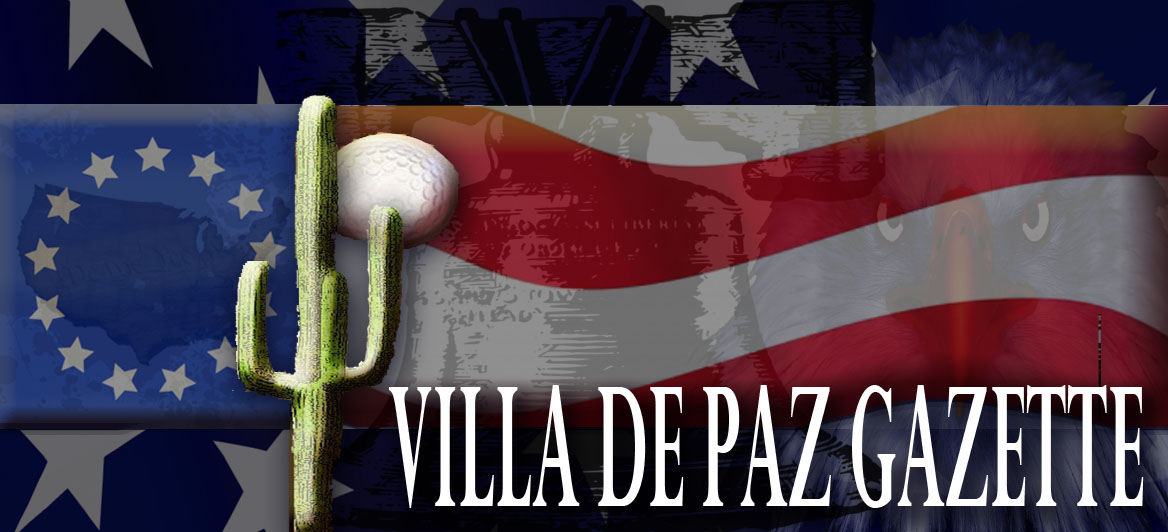Government / Statues
______________________________
Special Committee on the Termination of the National Emergency
Since March 9, 1933, the United States has been in a state of declared national emergency. In fact, there are now in effect four presidentially proclaimed states of national emergency: In addition to the national emergency declared by President Roosevelt in 1933, there are also the national emergency proclaimed by President Truman on December 16, 1950, during the Korean conflict, and the states of national emergency declared by President Nixon on March 23, 1970, and August 15, 1971.
These proclamations give force to 470 provisions of Federal law. These hundreds of statutes delegate to the President extraordinary powers, ordinarily exercised by the Congress, which affect the lives of American citizens in a host of all-encompassing manners. This vast range of powers, taken together, confer enough authority to rule the country without reference to normal Constitutional processes.
Under the powers delegated by these statutes, the President may: seize property; organize and control the means of production; seize commodities; assign military forces abroad; institute martial law; seize and control all transportation and communication; regulate the operation of private enterprise; restrict travel; and, in a plethora of particular ways, control the lives of all American citizens.
Source: 93rd Congress
